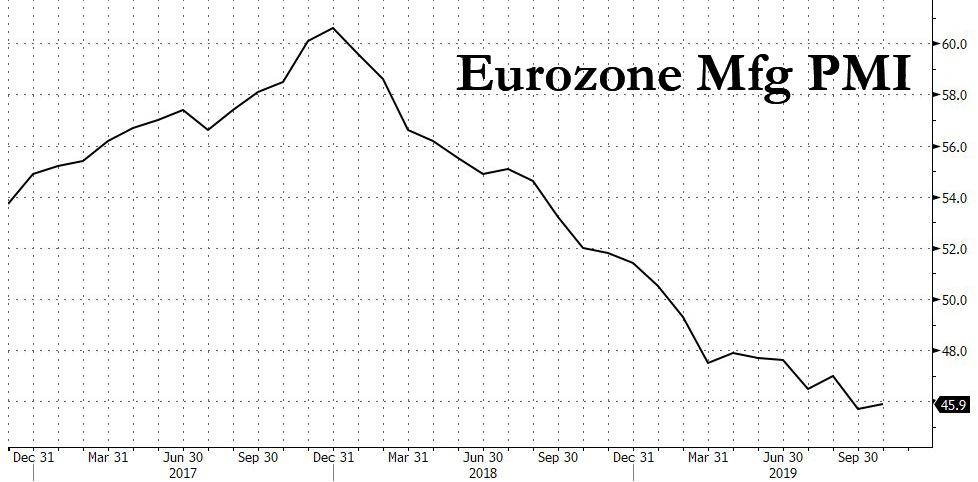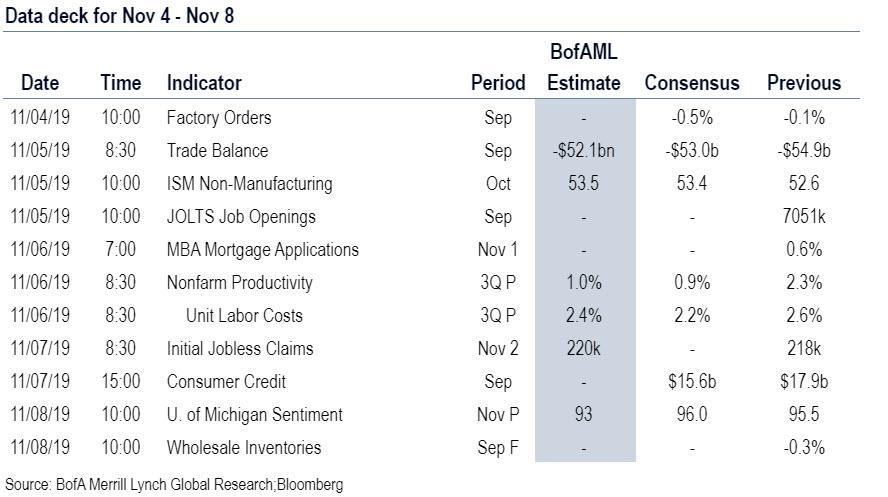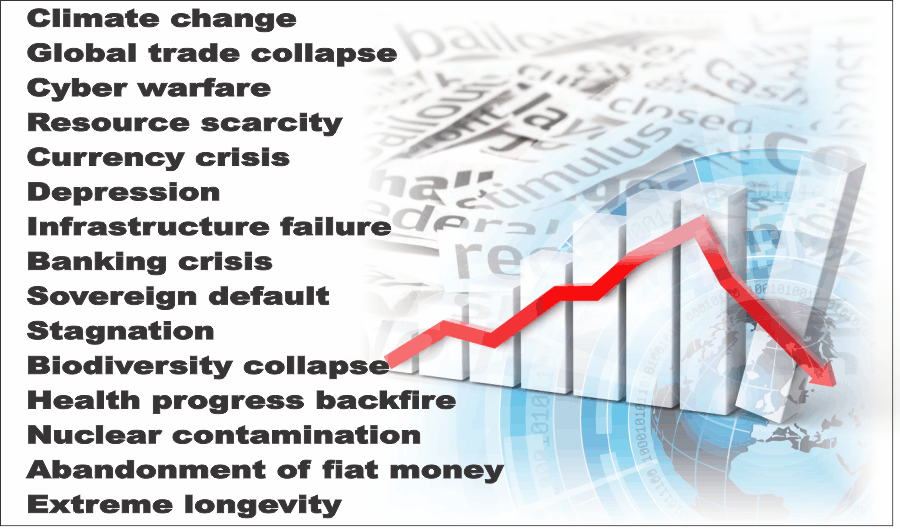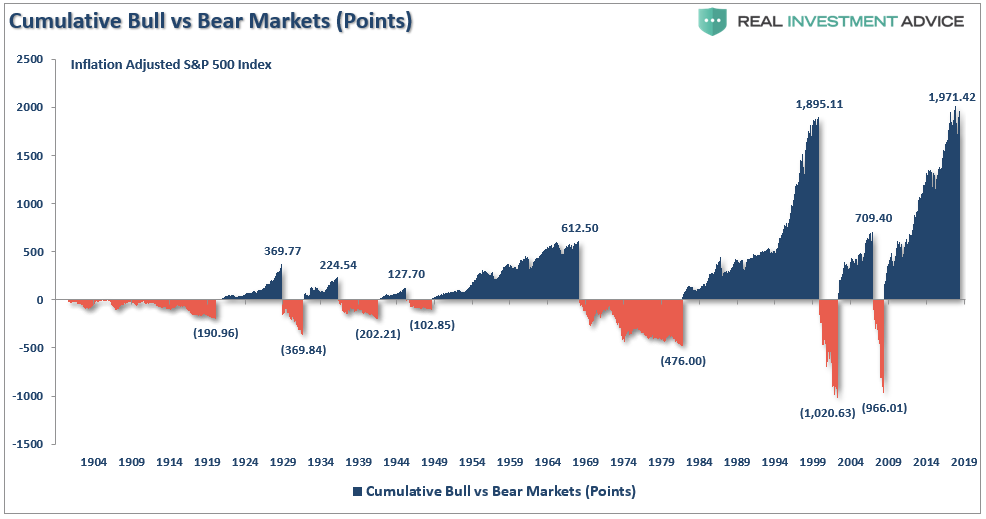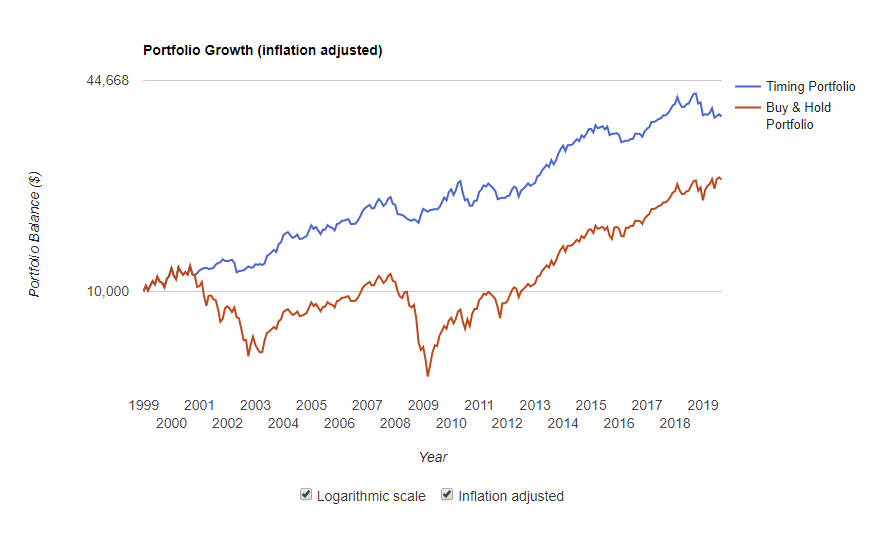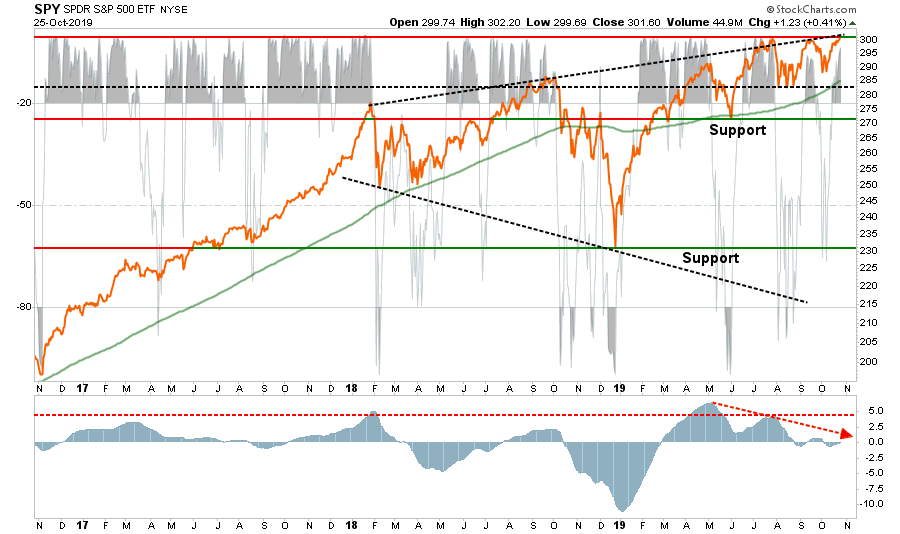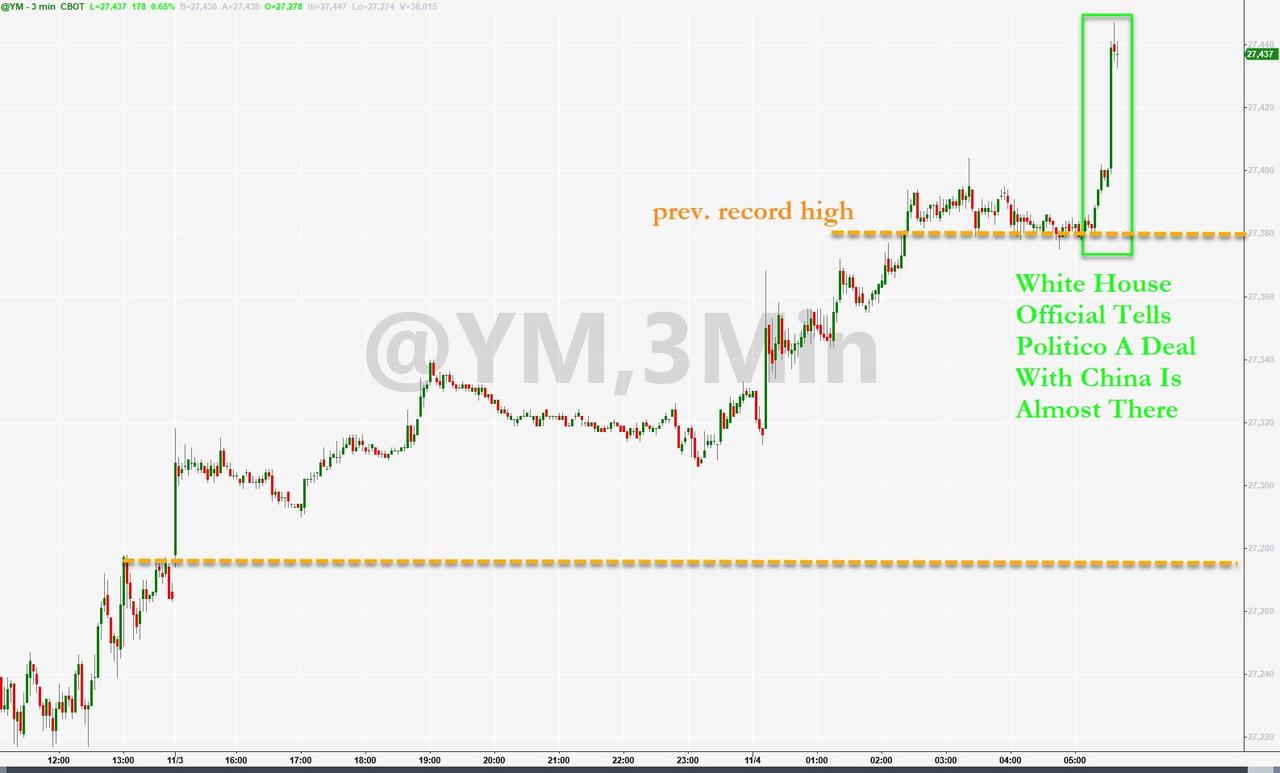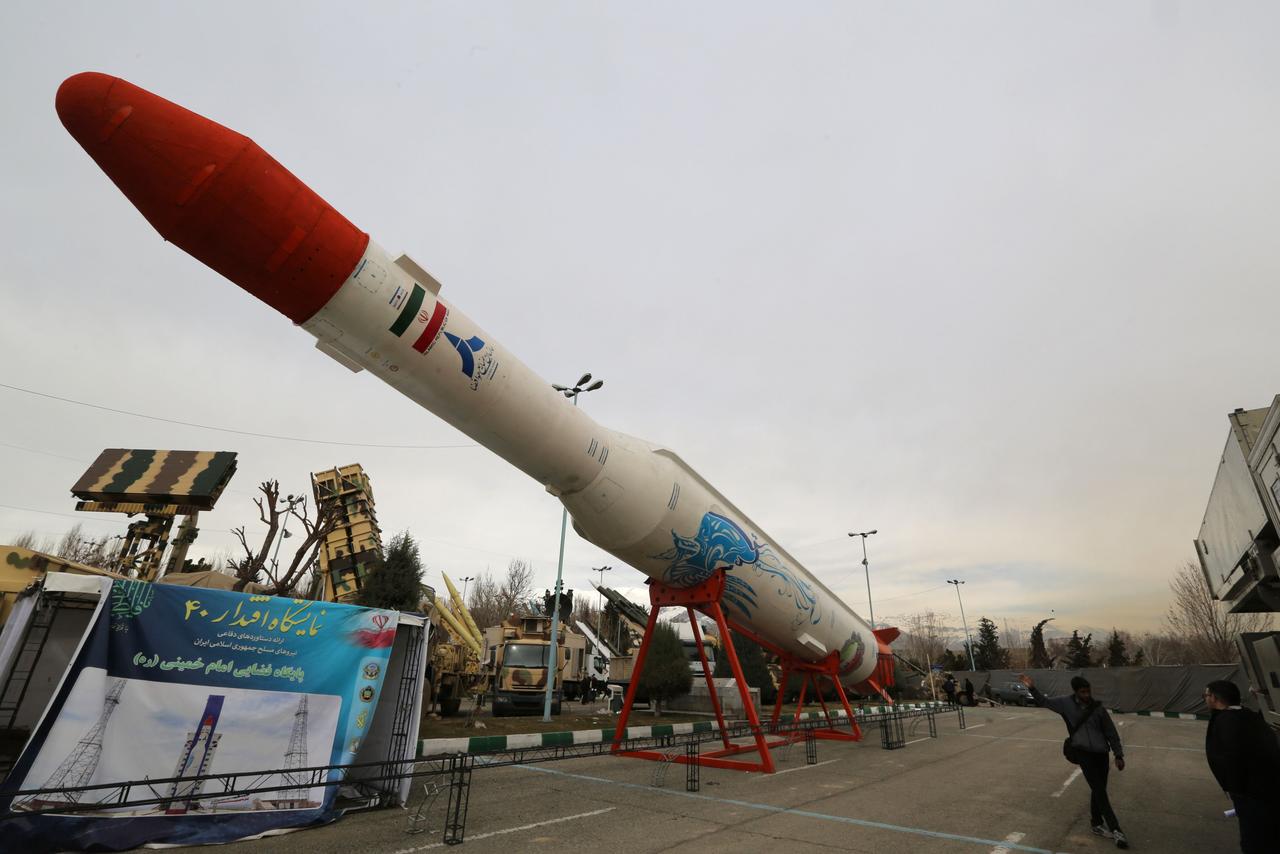Aramco IPO Valuation Baffles Bankers With Trillion Dollar Wildcard
As we noted yesterday, valuations for Saudi Aramco are a significant concern, and there isn’t a concrete price, that is because it depends on which bank research you read.
Sources told Bloomberg a lot of skepticism surrounds the upcoming Aramco IPO on the Tadawul exchange in Riyadh. The IPO could be listed as soon as December.
LIVE: Saudi Aramco is planning to list on the Riyadh stock exchange – in what could be the world’s biggest initial public offering (IPO).
Latest here: https://t.co/l8ix47Slhq https://t.co/nsEeBwRGFe
— Al Jazeera News (@AJENews) November 3, 2019
Sources indicate multiple banks involved in the IPO are struggling to provide potential investors with an accurate valuation. This overhang of uncertainly is quite wide; for instance, Bank of America has a $1 trillion range between low and high estimates.
The research, which has been distributed by numerous banks to potential investors since Sunday, struggles to value Aramco at $2 trillion, a level where Saudi Crown Prince Mohammed bin Salman (MbS) has publicly stated the company should be worth since 2016.
While MbS could’ve achieved a $2 trillion valuation last year or several years ago, the IPO market across the world is closing up as a global trade recession appears to be imminent. It’s one of the reasons why MbS, Aramco, and Wall Street banks are rushing to get the IPO completed before global equity markets sell again.
Saudi Aramco kick-starts what could be world’s biggest IPO. Bankers have told Saudi govt that investors will likely value comp at around $1.5tn, below $2tn valuation touted by Crown Prince Mohammed bin Salman when he first floated idea of an IPO 4yrs ago. https://t.co/UOOkptL60l pic.twitter.com/dZCt9QzDoa
— Holger Zschaepitz (@Schuldensuehner) November 3, 2019
The source said BofA’s low valuation of the company is at $1.22 trillion with a high estimate of $2.27 trillion, the gap is enormous and has spooked some investors.
Goldman Sachs values Aramco between $1.6 trillion and $2.3 trillion.
“Note that our suggested valuation framework is based on a long-term analysis, and it is not linked to a near-term assessment of the likely performance of the company’s shares,” Goldman’s pre-IPO report said.
Much of Goldman Sach’s valuation of the oil company is derived from an average oil price of $64.50 for 2019, and $60 per barrel from 2020 through 2023.
EFG Hermes has a valuation of $1.55 trillion to $2.1 trillion, several fund managers told Reuters.
Bernstein’s research deck valued Aramco around $1.2 trillion to $1.5 trillion.
HSBC, one of the lead underwriters of the IPO, values the oil company between $1.59 trillion to $2.1 trillion.
BNP Paribas, another bank playing a critical role in the IPO, values Aramco around $1.42 trillion.
“These ranges are always wide as research analysts want to cover both low end and high end, so you want to show the sensitivity of assumptions,” one banker told Reuters.
Aramco’s hope of pricing the IPO at high estimates, above $2 trillion, is dim, considering global macroeconomic headwinds continue to mount and geopolitical risks in the region are soaring.
Tyler Durden
Mon, 11/04/2019 – 09:55
via ZeroHedge News https://ift.tt/2oJUO9U Tyler Durden


